Cyber crime is grabbing the headlines these days, but the largest criminal gangs are still making most of their money from drugs, sex, and extortion.
It’s tough to go even a few months without seeing the effects of organized crime on the economy and everyday life. The most salient example these days is the rash of thefts of credit card data from big-name retail chains like Home Depot and Target.
While these threats are headline-grabbing and particularly frightening because e-commerce is a relatively new phenomenon and businesses and consumers aren’t totally sure how to protect themselves from hackers, it’s still a drop in the bucket in terms of overall organized crime earnings.

A 2013 survey from Javelin Strategy and Researchestimates that the annual total loss to Americans due to identity theft was roughly $20 billion. But much of those costs comes from efforts to prevent identity theft or recover from its effects, rather than what thieves earn from their crimes.
Compare that to estimates of pure revenue from other forms of organized crime like the drug trade and human trafficking: the Organization of American States estimates that the revenue for cocaine sales in the U.S. has reached $34 billion annually.
When you add the market for other illicit drugs and revenue generators like human trafficking and extortion, it becomes clear that organized crime is still making most of its money from its legacy businesses, despite the fact that criminals are always looking for new ways to make a buck.

So, who are the biggest organized crime gangs around the world and how do they make their money? Organized crime revenues are very difficult to estimate, as criminals often spend a significant amount of time trying to hide what they make.
Also, “organized crime” is a loosely defined concept. Anything from a vast drug smuggling ring to a handful of car thieves can be classified as organized crime groups, and the cohesiveness of organized crime organizations around the world varies widely.
Some groups, like Japan’s Yakuza, are highly organized and hierarchical, allowing economists and crime fighters in Japan to attribute much higher revenue totals to Yakuza groups than others around the world. Here are the top five criminal gangs, ranked by revenue estimates:

1. Yamaguchi Gumi—Revenue: $80 billion
The largest known gang in the world is called the Yamaguchi Gumi, one of several groups collectively referred to in Japan as “Yakuza,” a term that is roughly equivalent to the American use of “mafia.”
The Yamaguchi Gumi make more money from drug trafficking than any other source, according to Hiromitsu Suganuma, Japan’s former national police chief. The next two leading sources of revenue are gambling and extortion, followed closely by “dispute resolution.”
The Yakuza date back hundreds of years, and according to Dennis McCarthy, author of An Economic History of Organized Crime, Yakuza groups are among the most centralized in the world. While other East Asian gangs like Chinese Triads, which are a loose conglomeration of criminals bonded together mostly by familial relations,
Yakuza are bound together by “elaborate hierarchies,” and members, once initiated, must subvert all other allegiances in favor of the Yakuza. Even with the Japanese government cracking down on Yakuza in recent years, this centralized structure has made it easy to attribute a massive amount of revenue to this single gang.

2. Solntsevskaya Bratva—Revenue: $8.5 billion
Russian mafia groups sit on the other side of the organizational spectrum from Yakuza. Their structure, according to Frederico Varese, a professor of criminology at the University of Oxford and an expert on international organized crime, is highly decentralized.
The group is composed of 10 separate quasi-autonomous “brigades” that operate more or less independently of each other. The group does pool its resources, however, and the money is overseen by a 12-person council that “meets regularly in different parts of the world, often disguising their meetings as festive occasions,” Varesi says.
It’s estimated that the group claims upwards of 9,000 members, and that it’s bread and butter is the drug trade and human trafficking. Russian organized crime in general is heavily involved in the heroin trade that originates in Afghanistan: it’s estimated that Russia consumes about 12% of the world’s heroin, while it contains just 0.5% of the world’s population.

3. Camorra—Revenue: $4.9 billion
While the Italian-American mafia has been severely weakened in recent decades by law enforcement, the Italian mafia in the old country is still running strong.
Despite years of efforts from citizens, journalists, and government officials, the local governments in Italy remain linked to and protective of various mafia groups, to the point where a 2013 study from the Università Cattolica and the Joint research Centre on Transnational Crime estimated that mafia activities generate revenue of $33 billion dollars, mostly divided among Italy’s four major mafia gangs.
Camorra is the most successful of these groups, raking in an estimated $4.9 billion per year on everything from “sexual exploitation, firearms trafficking, drugs, counterfeiting, gambling … usury and extortion,” according to the report. And Camorra has been at it a long time.
Based in Naples, the group’s history dates back to the 19th century, when it was formed initially as a prison gang. As members were released, the group flourished during the bloody political struggles in Italy during the 1800s by offering protection services and as a force for political organization among Italy’s poor.

4. ‘Ndrangheta—Revenue: $4.5 billion
Based in the Calabria region of Italy, the ‘Ndarangheta is the country’s second largest mafia group by revenue. While it is involved in many of the same illicit activities as Camorra,
‘Ndrangheta has made its name for itself by building international ties with South American cocaine dealers, and it controls much of the transatlantic drug market that feeds Europe.
It has also been expanding its operations in the U.S. and has helped prop up the Gambino and Bonnano crime families in New York. In February, Italian and American police forces arrested dozens of ‘Ndrangheta and Gambino family members and charged them with crimes related to the transatlantic drug trade.

5. Sinaloa Cartel—Revenue $3 billion
Sianola is Mexico’s largest drug cartel, one of several gangs that has been terrorizing the Mexican population as it serves as the middleman between South American producers of illegal drugs and an unquenchable American market.
The White House Office of Drug Control Policy estimates that Americans spend $100 billion on illegal drugs each year, and the RAND Corporation says that about $6.5 billion of that reaches Mexican cartels.With an estimated 60% market share, Sinola cartel is raking in approximately $3 billion per year.
Despite the fact that Sinaloa’s leader was arrestedFebruary, the cartel seems to have avoided the sort of bloody—and costly—succession battle that has plagued some groups when a leader is taken out of commission.
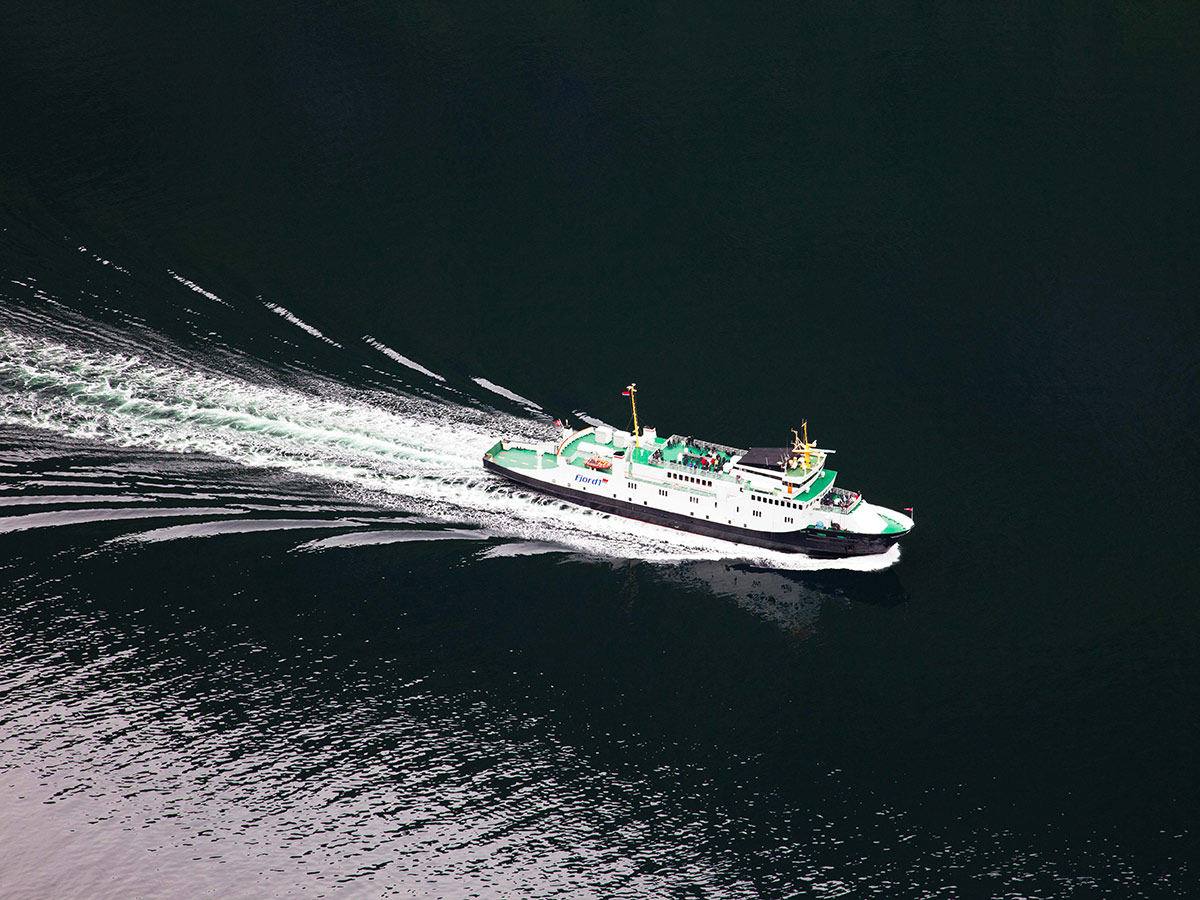
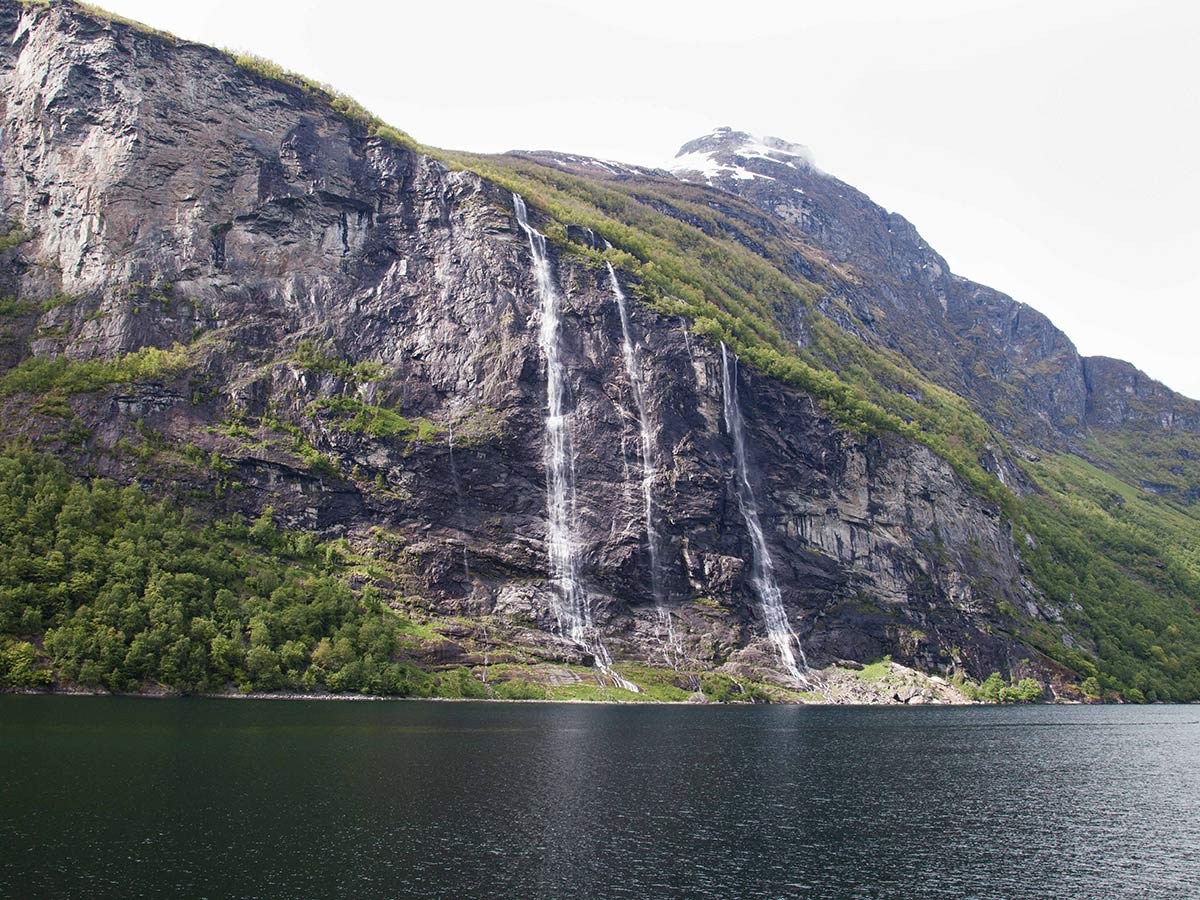
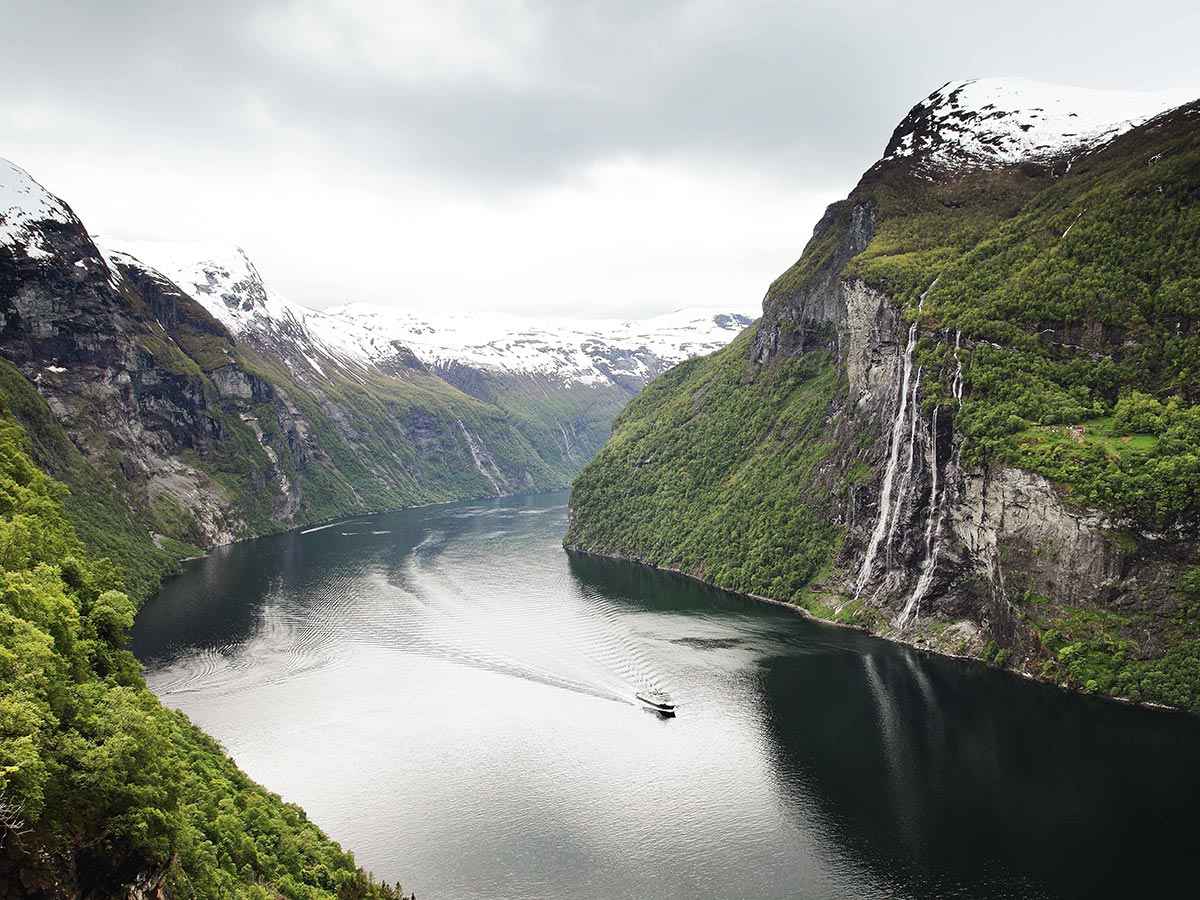
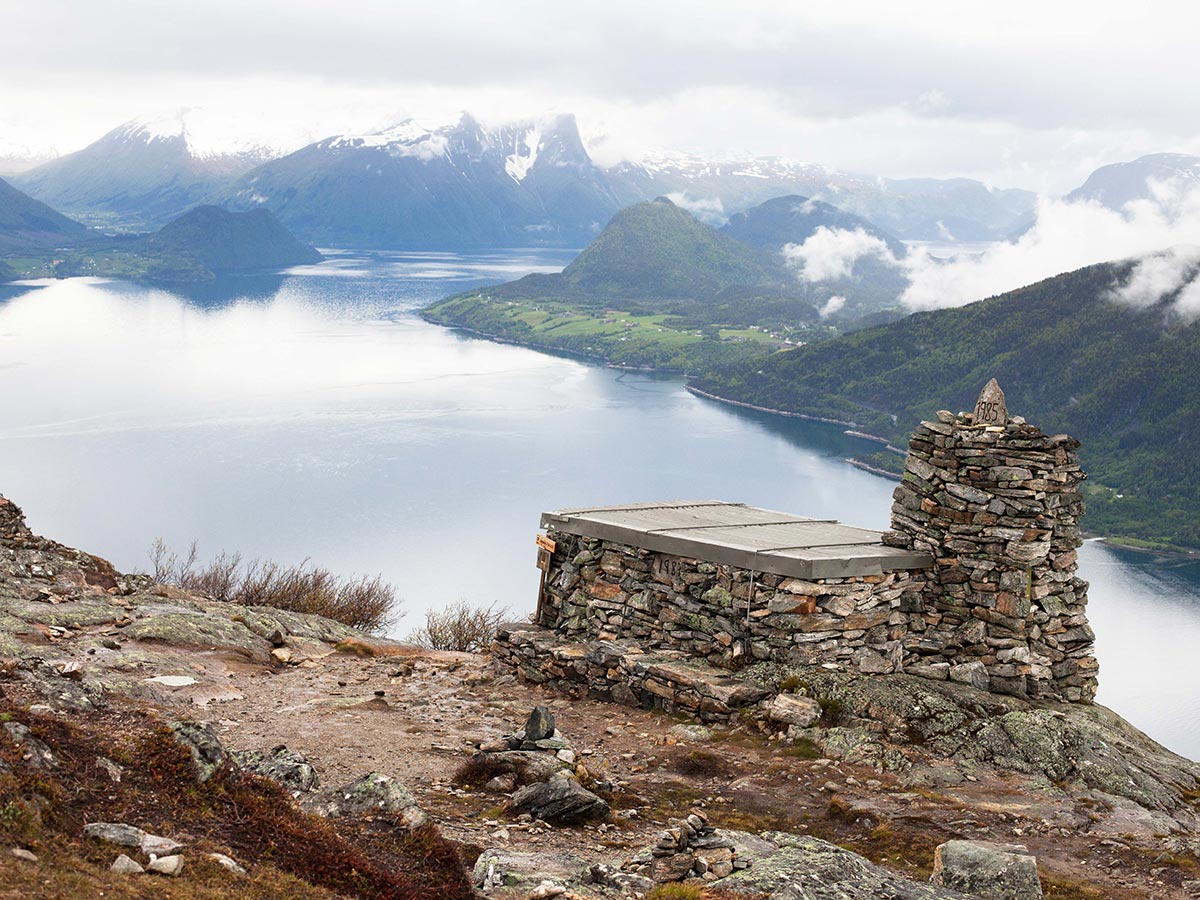
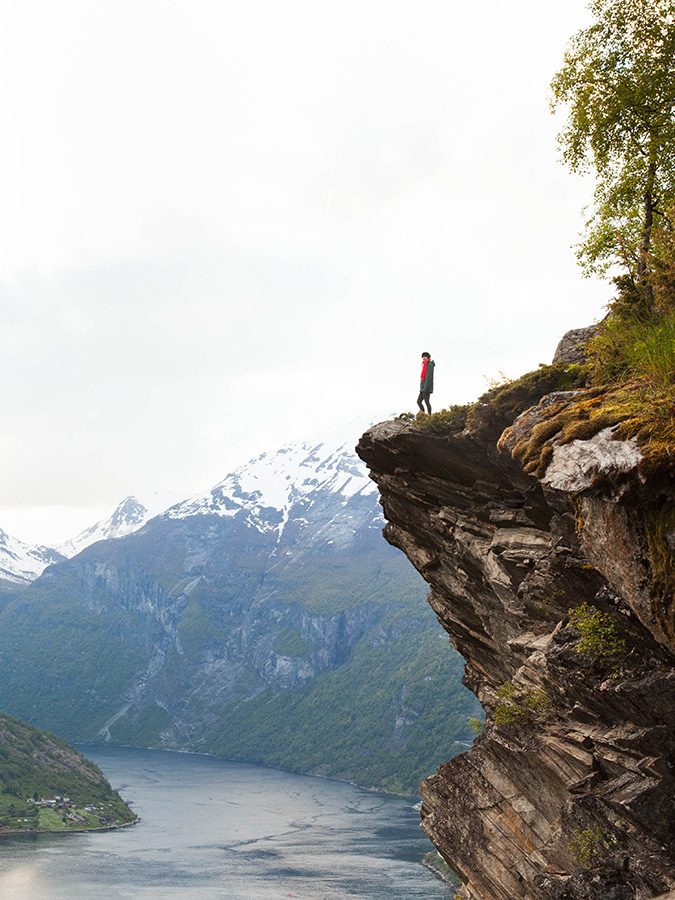
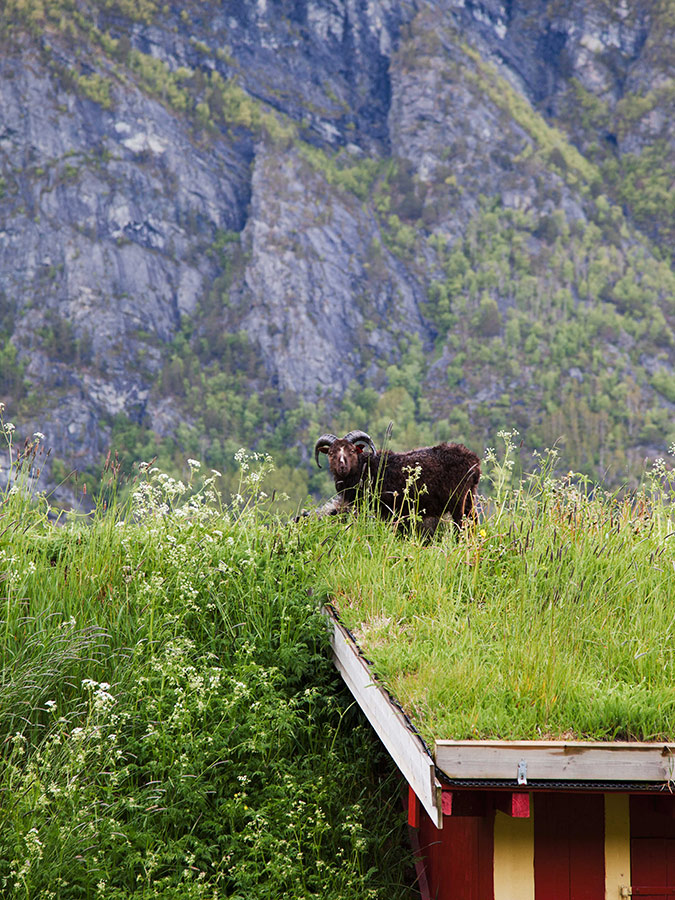
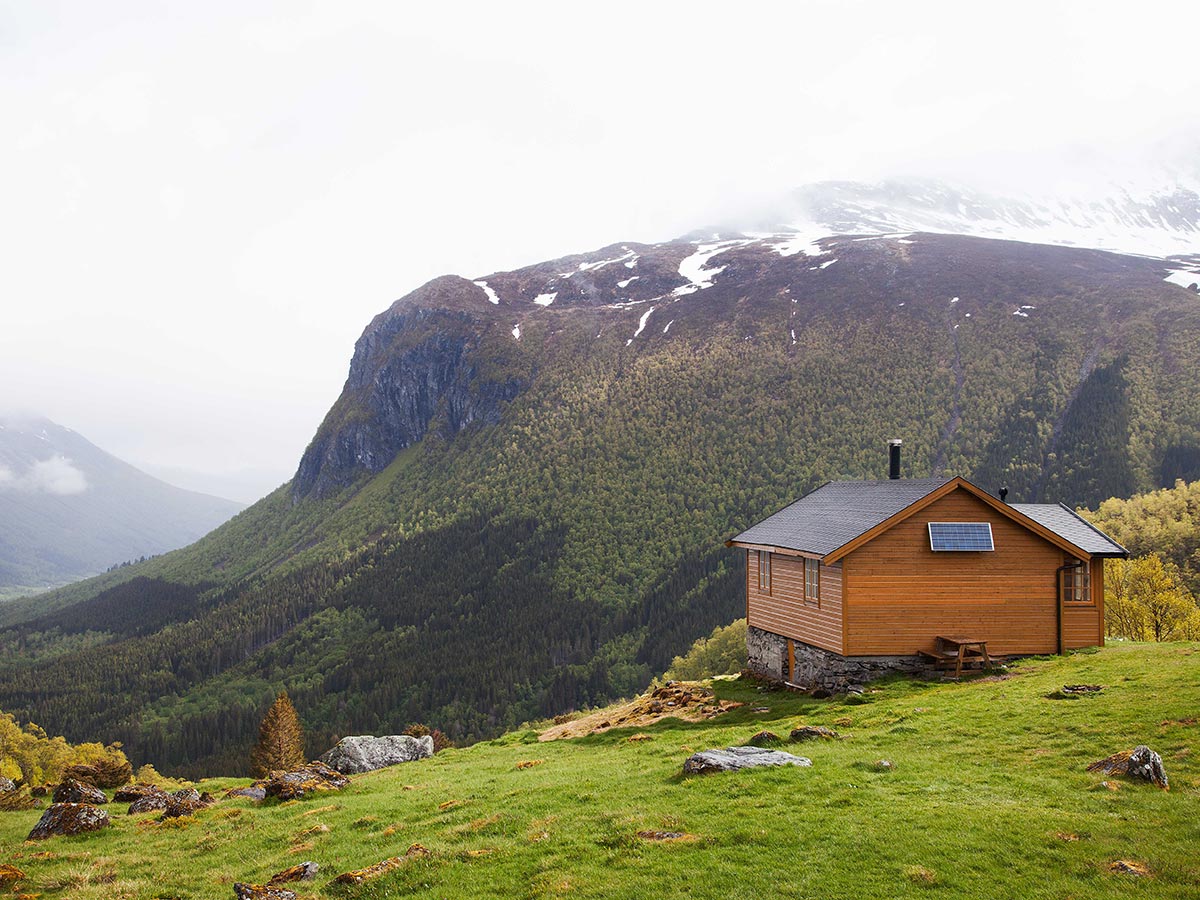
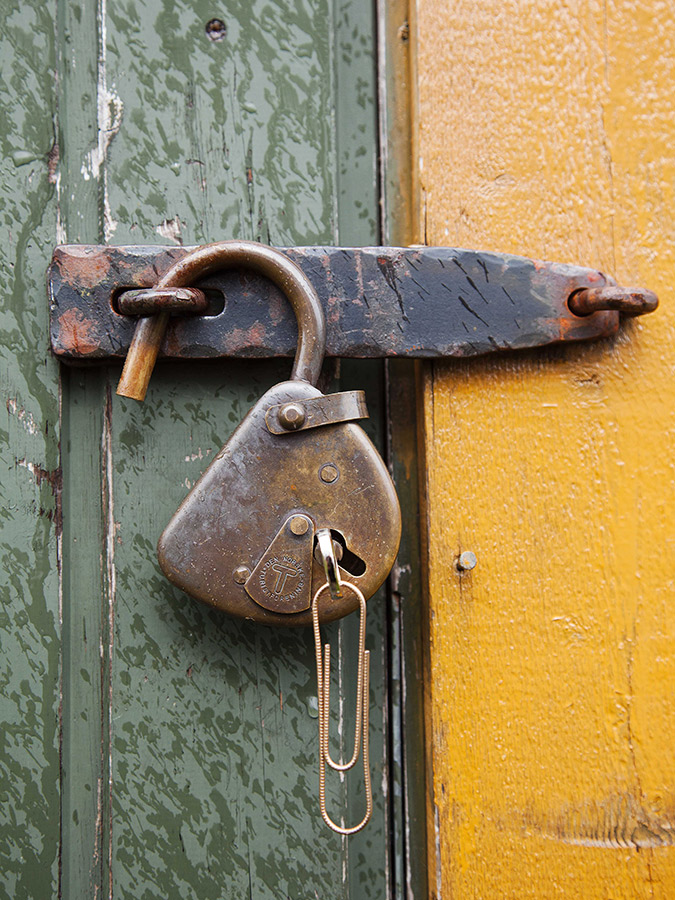
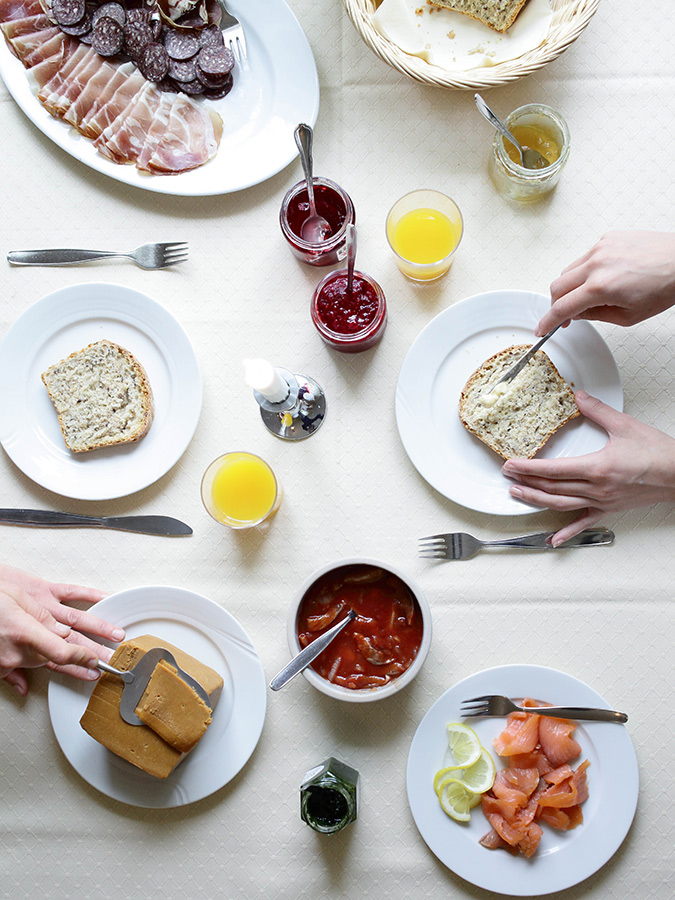
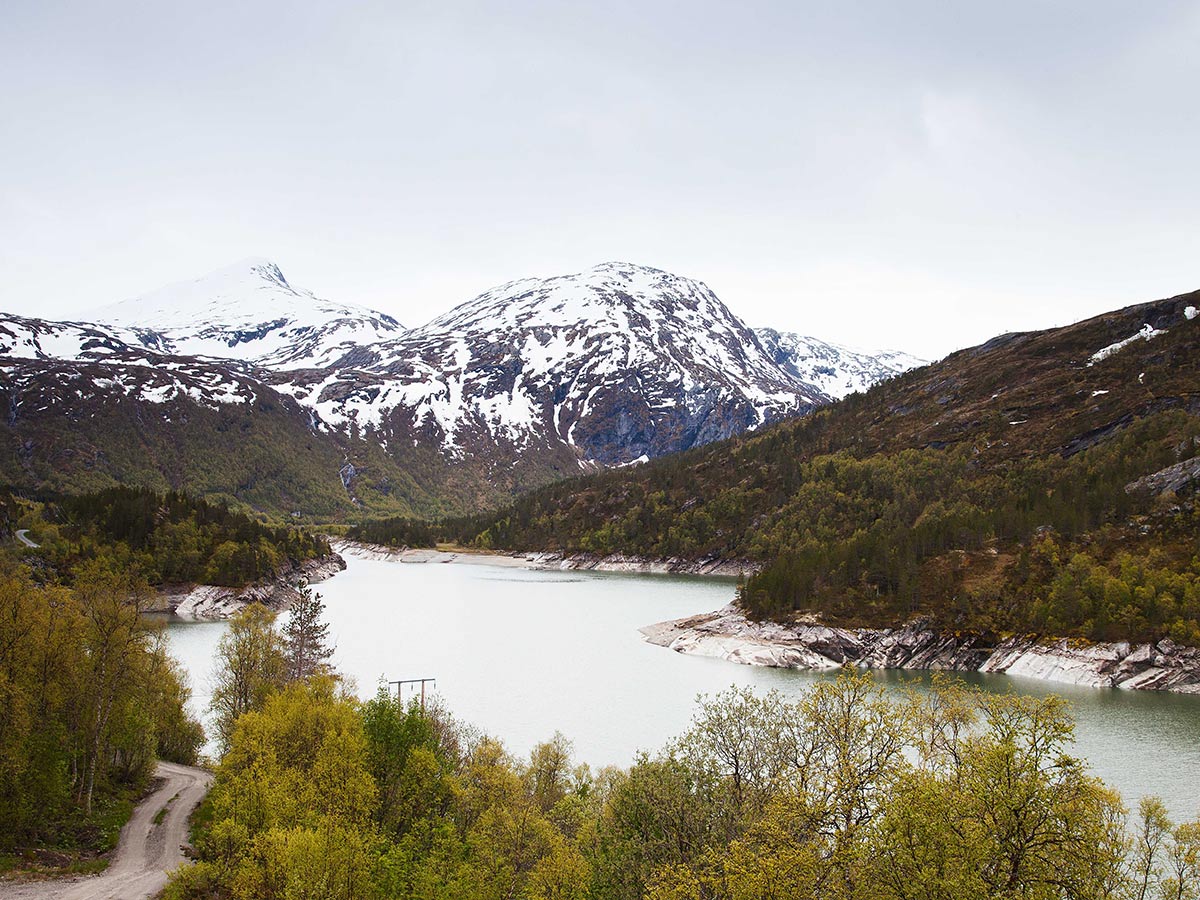
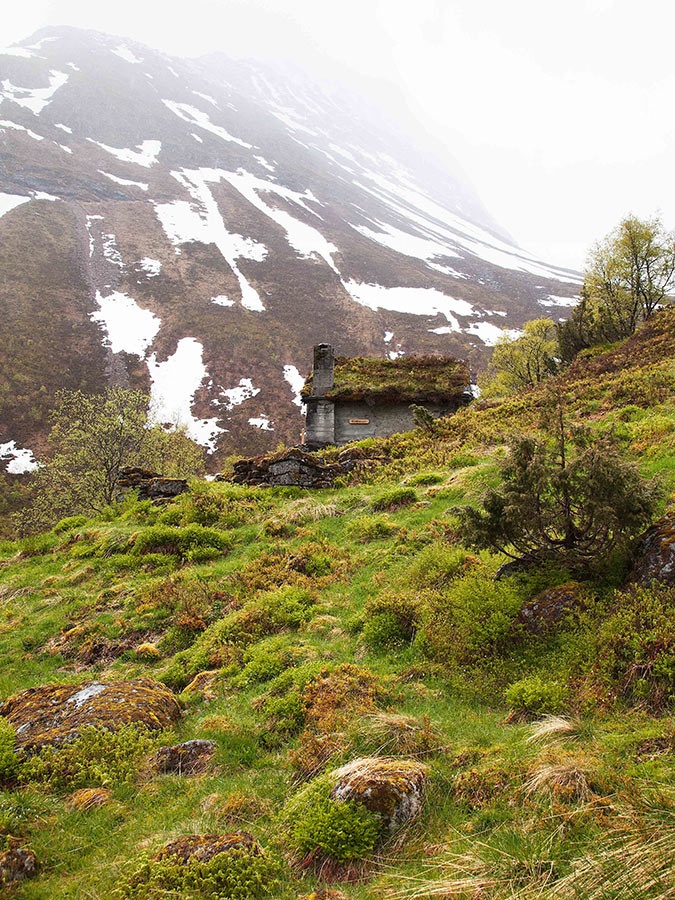








































































 during orbit, the displacement between the original positions of the stars and the vibrantly colored orbs drew an invisible spiral of our planet spinning in motion,
during orbit, the displacement between the original positions of the stars and the vibrantly colored orbs drew an invisible spiral of our planet spinning in motion,




























































